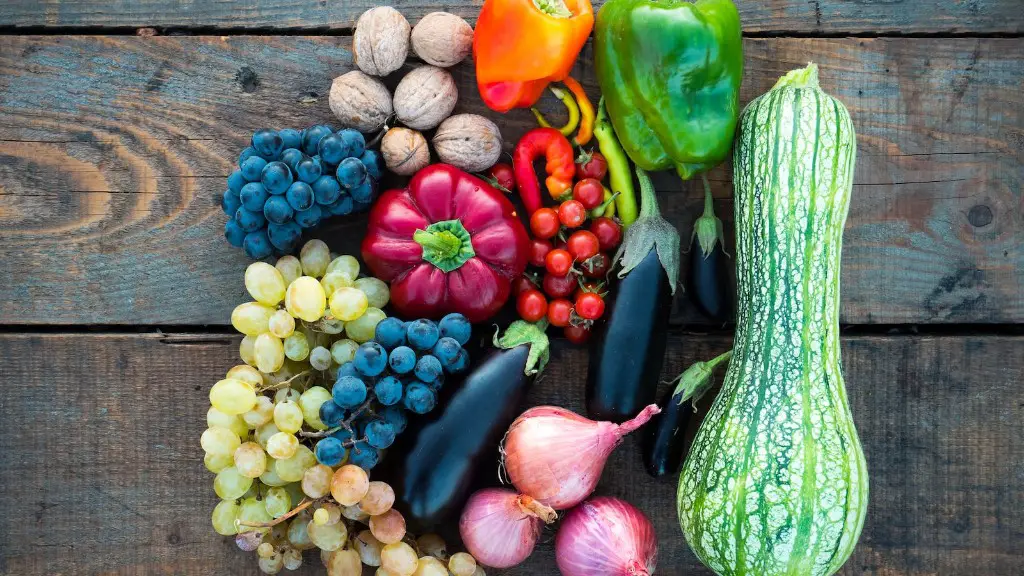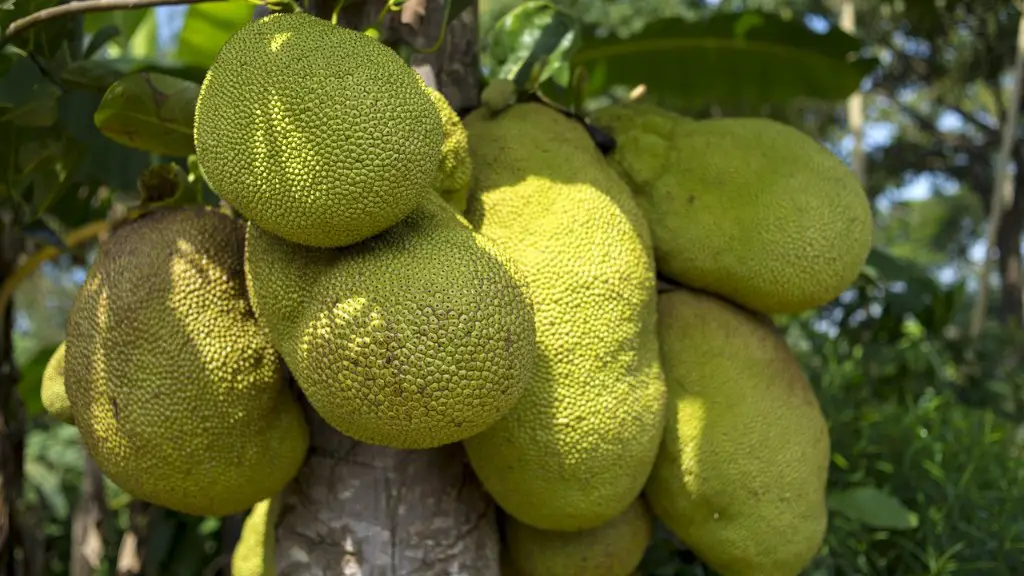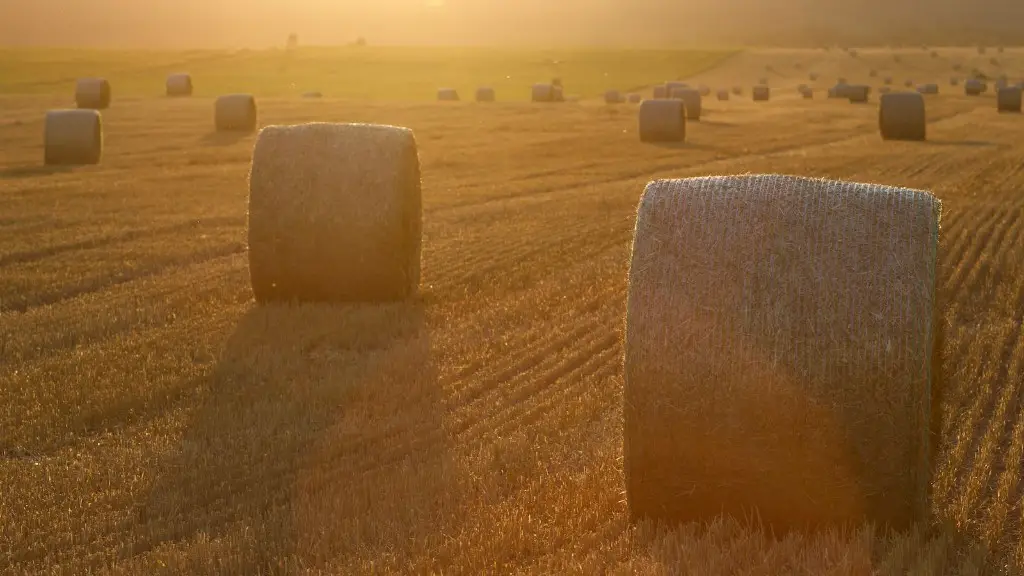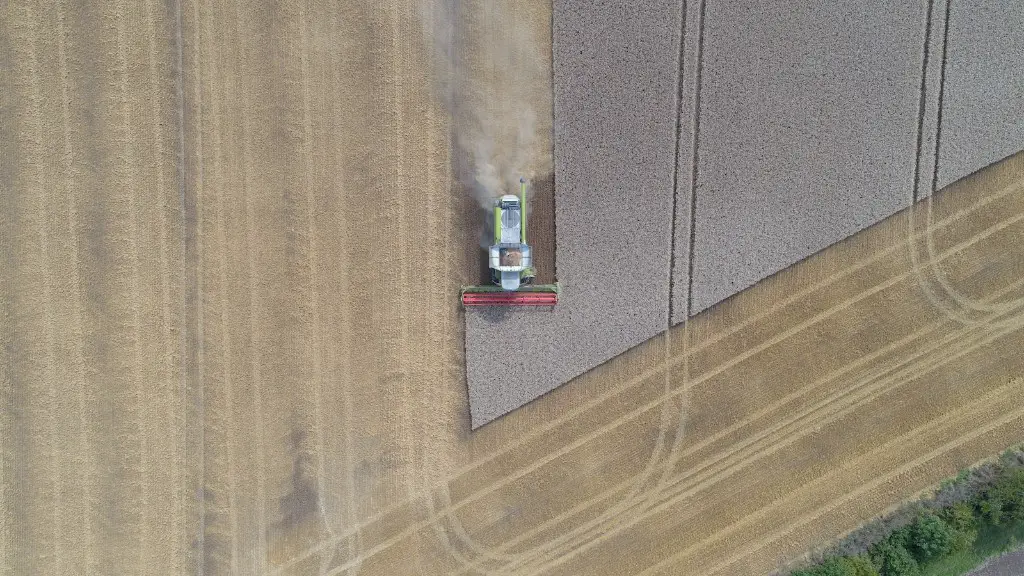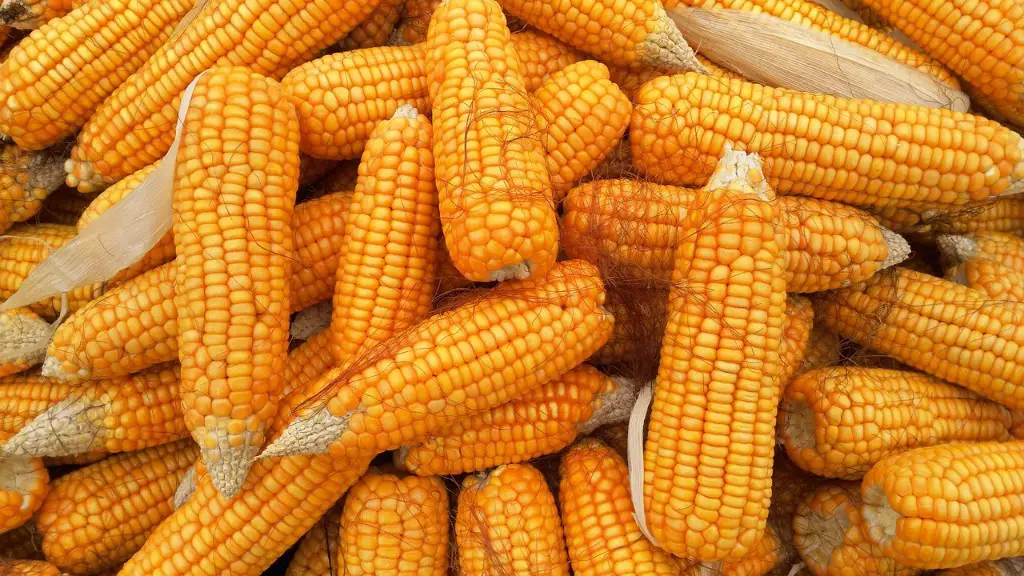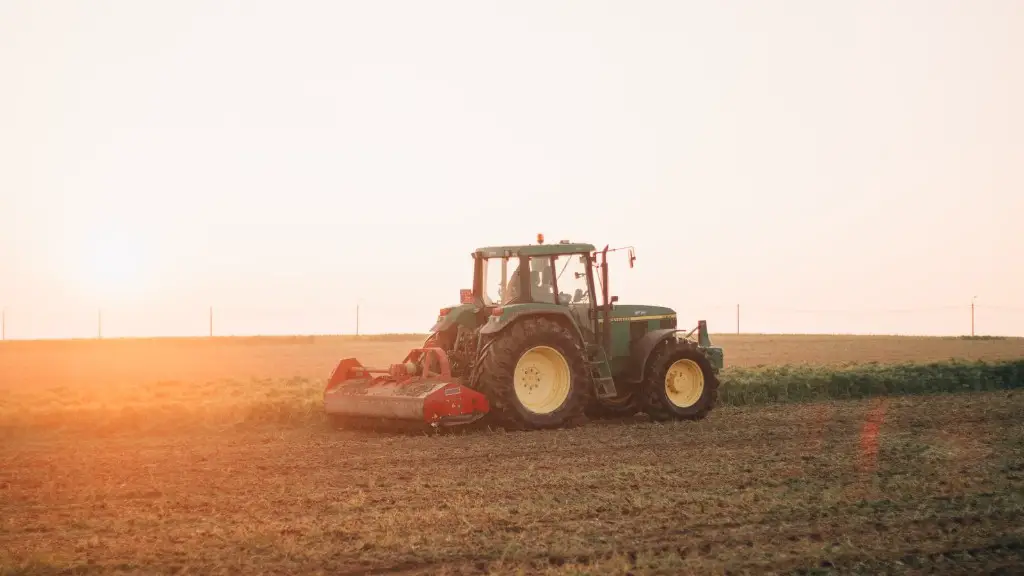Humans have been cultivating land since prehistoric times and it is difficult to determine precisely when agriculture was actually invented. Yet, there is evidence that suggests that some form of agricultural cultivation had begun by the early Holocene period, which is roughly 11,000 years ago. This is when the progress from hunter-gathering to farming really started to take hold, signalling the birth of ‘agriculture’.
Agricultural activity varied greatly from region to region during this early period. For example, some areas experienced the domestication of certain crops or animals, while others mostly focused on the gathering of crops or herding. In some cases, agricultural populations did not have access to animal or crop labor until much later, while in other regions having access to such labor was essential and led to rapid development.
Other researchers suggest that agriculture was then first developed around 10,000 BC in the Fertile Crescent region of the Near East, where barley and wheat were the first cultivated crops. This region is where some of the oldest cities in the world were eventually located, as the development of agriculture allowed for the rise of permanent settlements. By the 8th millennium BC, humans had started using irrigation and irrigation systems were in use in some cases. Over the next millennium, agricultural activity spread to other parts of the world as humans migrated across the planet.
By 3000 BC, it is estimated that some of the largest agricultural systems in the world had been established, with large plantations and irrigation systems becoming commonplace. This period also saw the emergence of more advanced techniques such as crop rotation and soil fertilization, vastly increasing the yields of farming. It is likely that during this period, both animals and plants were used in farming.
By 1500 BC, animal and plant husbandry had become common practices in most civilizations, as had crop rotation and various other agricultural techniques. By this point, as written records start to become more abundant, it is clear that humans had already mastered a range of advanced agricultural techniques, many of which are still used today. As for the exact date of when agriculture was invented, this is still a subject of debate.
Techniques in Developing Agriculture
Since agriculture was first developed, its techniques have remained relatively unchanged. These techniques include selection of crops, careful planting, irrigation, rotation of crops, fertilization of fields and irrigation. Selection of crops entails selecting the crops that can suit the environment and which can grow in certain areas best. This selection is important to the future of a farmer or the past of an entire society as it determines whether a society will prosper or decline.
Careful planting means that farmers must sow seeds near the areas where they will flourish. This is related to selection of crops as the area in which they can grow must be taken into consideration. Irrigation is a technique which has been used since ancient times and refers to the process of watering crops to improve their growth.
Crop rotation has been used for centuries and refers to the practice of growing different crops in the same field to ensure the land does not become depleted. This ensures that the soil remains rich in nutrients and that there is a steady supply of nutrients for the crops. Lastly, fertilization of fields can help to provide a longer-lasting fertility to the soil, allowing for more efficient yields for the farmer.
Consequences of Developing Agriculture
The development of agriculture had a profound impact on the world. It changed the way humans interacted with their environment, as the ability to cultivate and manipulate the land made it possible to create lasting settlements and shaped the very foundations of human civilization.
Agriculture allowed human populations to dramatically increase, as cultivated food sources would provide a much more reliable source of nutrition than hunting, gathering and scavenging. This allowed them to concentrate on other activities, such as art, music, and writing. It also led to the rise of powerful empires and allowed for the development of large-scale trade and commerce.
Agriculture also drastically changed the environment, as it caused an increase in human activity and population levels, which led to much larger-scale deforestation and the development of large cities. This also led to more intensive methods of land use, often leading to soil depletion and eventually to climate change.
Furthermore, agriculture allowed humans to build complex societies and social structures, as people were able to work together more efficiently by pooling their resources and labor. This in turn allowed for the development of hierarchical structures, with social classes, kingdoms, and eventually governments.
Benefits of Developing Agriculture
The development of agriculture allowed humans to become much more efficient and productive, as they could cultivate and manipulate their environment to produce food in a much more efficient manner. This meant that human populations could increase, allowing for the development of complex societies.
Agriculture also provided a more reliable source of food, as crops could be harvested at predictable times and stored for future use. This allowed humans to move away from a nomadic lifestyle and settle into permanent communities. This in turn allowed humans to delve into more advanced activities, such as art, music and science.
Agriculture also allowed for the development of large-scale commerce, as people had a surplus of food which could be traded for other goods and services. This, in turn, allowed for the development of complex trade networks, which had a major impact on the spread of culture.
Finally, agriculture allowed for the development of advanced technologies, as humans had the resources and the knowledge to build complex machines and devices. This allowed for the development of more efficient farming techniques, as well as the development of other industries. This allowed for a great leap forward in human progress.
Agriculture and Animal Husbandry
Animal husbandry is an ancient practice which has been used since the development of agriculture. This is a practice which involves keeping and breeding animals in order to obtain meat and other products. This practice has been used for centuries and is still widely used today.
Animal husbandry is a practice which is used in both a commercial and a recreational capacity. It is widely used by commercial farmers as this practice helps them to provide a steady supply of meat, dairy and other animal products. In addition to this, animal husbandry is used in the recreational setting as this practice allows people to keep animals as pets and enjoy their companionship.
Animal husbandry is widely practiced throughout the world and has allowed for the development of a wide range of animal products, such as meat, hides, wool and various dairy products. This practice has also allowed for the domestication of various animals, such as cattle, sheep, horses and goats.
In addition to the production of food and other products, animal husbandry also provides invaluable information to farmers. This practice allows them to observe and monitor the animal’s health and behavior, which in turn allows them to better understand and care for their animals. This knowledge can then be used to improve the quality of their stock and ultimately the overall welfare of their animals.
Agriculture and Cultivation of Plants
The cultivation of plants has been at the core of agriculture since its beginnings. This practice involves the planting and growing of edible and non-edible plants from seeds. This is usually done in either the wild or in an agricultural setting. This practice is widely used throughout the world, as it provides humans with a steady source of food.
The cultivation of plants requires careful management and monitoring, as certain plants require different levels of care. This includes adjusting the amount of water and fertilizer, choosing the right soil type, providing adequate light and identifying any pests or diseases that may affect the plants.
In addition to providing humans with a steady source of food, the cultivation of plants also has many other benefits. This includes providing habitat for various animals, as well as improving soil quality, reducing carbon in the atmosphere and even improving water quality.
The cultivation of plants also provides humans with medicinal and therapeutic plants, as well as a variety of non-edible items such as fibers, dyes, oils and more. This practice also allows humans to modify and develop plants in order to create more resilient and productive species.
Environmental Impact of Agriculture
Agriculture has a wide-reaching impact on the environment, as this practice can cause soil erosion, deforestation, increased water consumption and pollution. This is particularly true when it comes to large-scale agricultural activities, such as large-scale farming and the use of pesticides and fertilizers.
Soil erosion occurs as a result of over-cultivation of lands, as this can cause significant damage to the soil structure. This can lead to soil degradation, which in turn can lead to reduced yields and overall poor quality of the soil. This can also lead to increased susceptibility to drought and other environmental issues.
Deforestation is another major environmental issue which is often caused by agricultural activities. This occurs when large areas of forests are cleared in order to make room for agricultural land. This leads to a range of issues, including the release of large amounts of CO2 into the atmosphere and the loss of valuable ecosystems.
Increased water consumption is also an issue which is often caused by agricultural activities, as large amounts of water are required for crop irrigation. This can lead to water shortages in some regions, as well as increased water pollution.
Finally, the use of pesticides and fertilizers can cause environmental damage, as these can contaminate waterways and lead to health problems for both humans and animals. This can also lead to reduced yields, as over-fertilization can lead to soil degradation and nutrient depletion.
